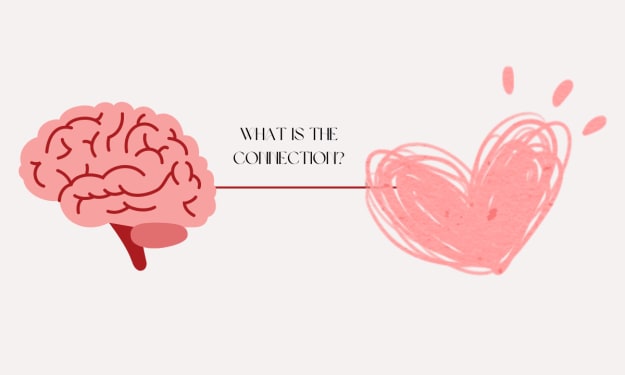Power of Daydreaming
How can daydreaming be beneficial to us?

“Life is intrinsically, well, boring and dangerous at the same time.” - Edward Gorey.
On any given day, you might spend a third to half of your waking hours daydreaming. That might sound like a colossal waste of time, but scientists believe there’s a reason behind it. After all, humans wouldn’t have evolved to do it so much if it wasn’t beneficial. So, what’s really happening when our minds wander? Let’s dive into the world of daydreaming, starting with the ultimate mind-wanderers: bored teenagers.
Inside a Teenager’s Daydream:
Imagine a teen thinking: Wouldn't it be cool to discover something new? Maybe even this plant. Just like explorers who sailed around drawing stuff for years and were hailed as geniuses. Does anyone even do that anymore? Is there anything left to discover? Could I handle the dangers they faced, like dysentery or scurvy? I struggle just to get through track practice... But I will. One day, I'll have the discipline to show up early and practice hard. I'll win all my races. Winning will become so easy, I’ll try other events for fun. When I make it to the Olympics, they'll have to make me team captain, and I’ll accept with grace. And when a teammate who yelled at me before sees my success, I’ll just calmly say, “Hope you're in a better mood.”
This might resemble your own daydreams or those of others. But what’s actually happening in the brain during these moments?
To understand which brain areas are active when you’re focused on a task, thinking, or daydreaming, scientists use brain imaging techniques that highlight increased blood flow and energy use. The areas active during focused tasks make up the executive network. When your mind starts to wander, a different set of brain regions become active, known as the default mode network.
The term “default mode” suggests inactivity, and for years, scientists associated this brain pattern with rest. However, a closer look reveals these areas are engaged when we revisit memories, contemplate plans and hopes, and yes, during wild daydreams. The mind can wander to unproductive or distressing places, like brooding over a negative event, or to neutral, everyday matters, like planning the rest of the day.
But where daydreaming truly shines is when it ventures into free-flowing, associative thought beyond conscious direction. This type of mind-wandering is linked to increases in both ideas and positive emotions. Evidence suggests daydreaming helps people envision ways to achieve goals and navigate social situations.
Scientists propose there are two essential parts to this process: a generative phase of free-flowing ideas and spontaneous thoughts from the default mode network, followed by a phase of selecting, developing, and pursuing the best ideas, driven by the logical thinking of the executive network.
Numerous imaging studies indicate that the interplay between these two networks is crucial for creative thinking. The logical executive network and the imaginative default mode network are closely connected, even during daydreaming. The executive network still plays a role when the default mode network is active.
In teenagers, the prefrontal cortex and other areas involved in executive function are still developing. Yet, teens are perfectly capable of thinking through their problems and goals, especially when given the space to do so independently.
Daydreaming, often dismissed as mere distraction, is actually a complex mental activity that fuels creativity, problem-solving, and emotional well-being. So next time your mind starts to wander, embrace it—your brain is hard at work crafting new ideas and solutions.
The takeaway? Daydreaming is more than just idle thought; it's a vital cognitive process that can enhance your life in surprising and meaningful ways. Embrace the power of your wandering mind and let it lead you to new heights of creativity and innovation.
About the Creator
Mennatallah Hassan
Welcome to a world where curiosity meets insight. Here, you'll find answers, solutions, and fresh perspectives on topics that matter to you. Dive in to discover stories that captivate your mind and ignite your imagination. Enjoy!
Enjoyed the story? Support the Creator.
Subscribe for free to receive all their stories in your feed. You could also pledge your support or give them a one-off tip, letting them know you appreciate their work.





Comments
There are no comments for this story
Be the first to respond and start the conversation.